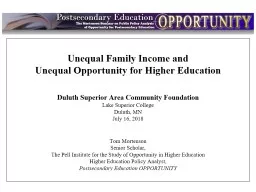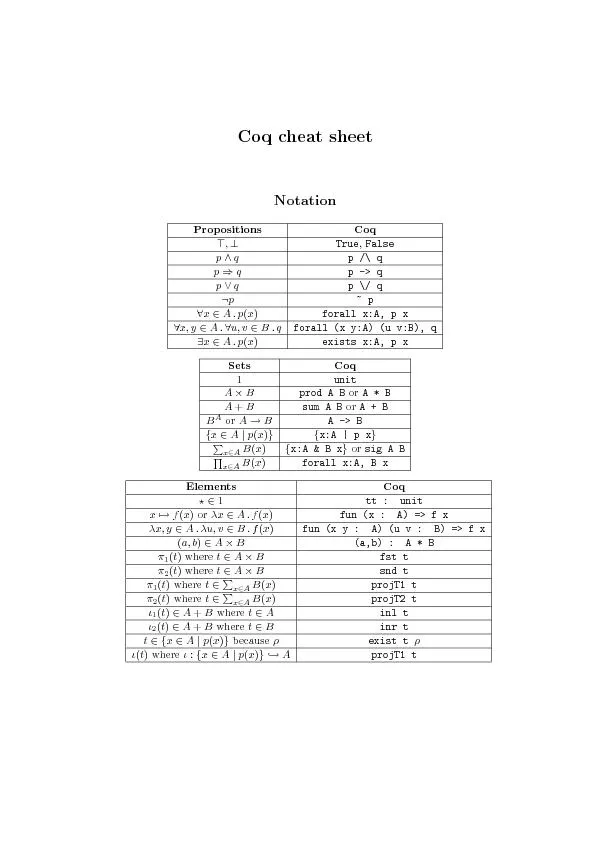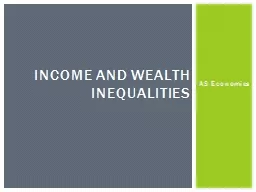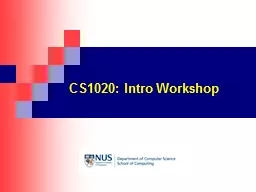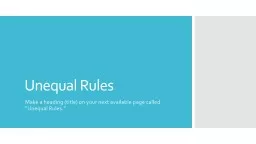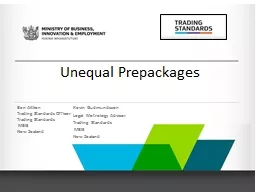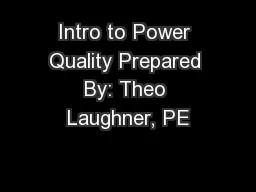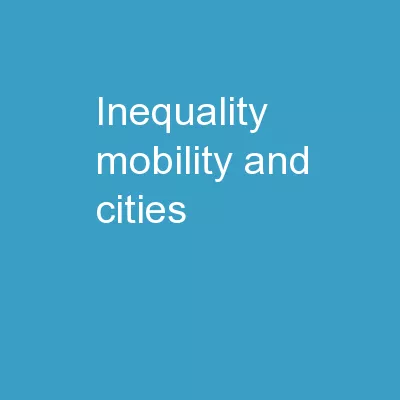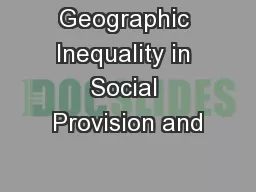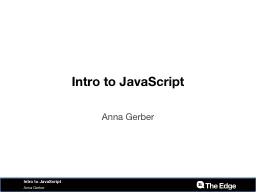PPT-Intro Unequal Family Income and
Author : pamella-moone | Published Date : 2019-11-23
Intro Unequal Family Income and Unequal Opportunity for Higher Education Duluth Superior Area Community Foundation Lake Superior College Duluth MN July 16 2018 Tom
Presentation Embed Code
Download Presentation
Download Presentation The PPT/PDF document "Intro Unequal Family Income and" is the property of its rightful owner. Permission is granted to download and print the materials on this website for personal, non-commercial use only, and to display it on your personal computer provided you do not modify the materials and that you retain all copyright notices contained in the materials. By downloading content from our website, you accept the terms of this agreement.
Intro Unequal Family Income and: Transcript
Download Rules Of Document
"Intro Unequal Family Income and"The content belongs to its owner. You may download and print it for personal use, without modification, and keep all copyright notices. By downloading, you agree to these terms.
Related Documents

